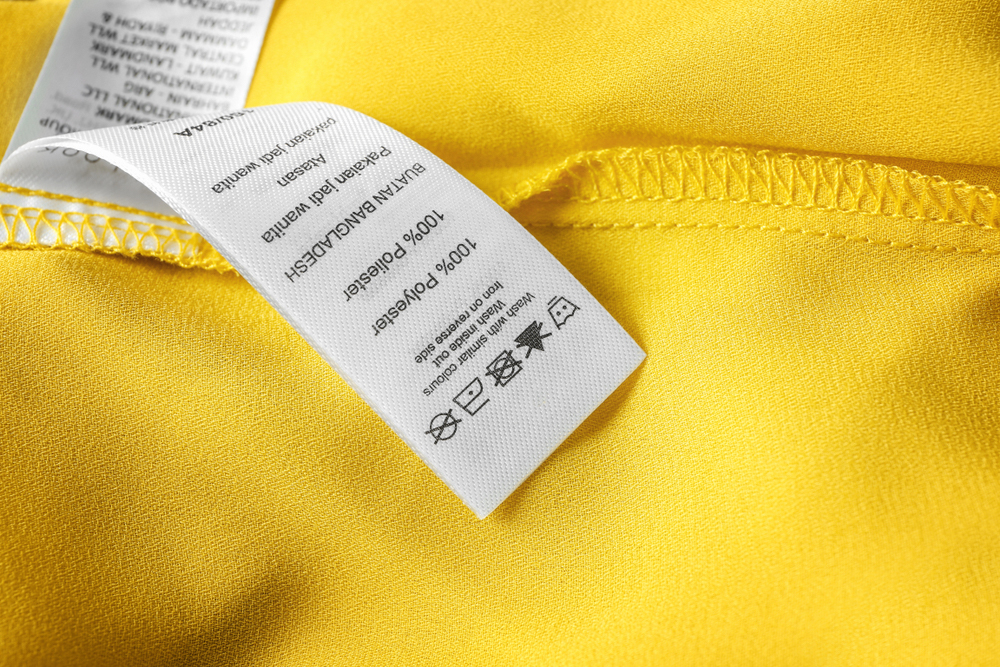Strategy March 22, 2018
California Considers Extra Labeling for Polyester Clothing
California is considering a bill that would require clothing makers to put a warning label on garments that contain more than 50% polyester. The issue? Microfibers, tiny threads that often shed from fabric when it’s washed, then end up polluting oceans and threatening sea life. Studies have found that microfibers comprise as much as 85% of human-made debris on shorelines.
If Bill 2379 passes, polyester apparel sold in California, starting in 2020, would need conspicuous labeling, explaining that the garment sheds plastic microfibers when run through the washing machine and should instead be hand-washed.

Richard Bloom, the Los Angeles lawmaker who introduced the state bill, hopes the new labels will raise consumer awareness of the potential environmental threats of microfiber shedding. “Some of the [bill] advocates think we should be moving toward more draconian solutions, like banning synthetic clothing. Those would have greater consequences that don’t make sense,” the Democrat told California Apparel News. “We need to become more aware, continue the research and take reasonable steps to reduce the amount of microfibers in our aquifers and go where the research takes us.”
The rising popularity of athleisure fashion and performance fabric has made polyester and other synthetics more in demand than ever. A recent study conducted by the University of California at Santa Barbara found that synthetic fleece jackets release 1.7 grams of microfibers with each washing on average. Brands like Patagonia have begun to address the issue of microfiber pollution. In a February blog post, the company said it is looking at ways to minimize fiber shedding by improving fabric construction and working to raise awareness of the issue with customers and the broader public. One solution it suggests is putting synthetic apparel into a filter bag, like the Guppy Friend before washing to help reduce the flow of microfibers into wastewater.
